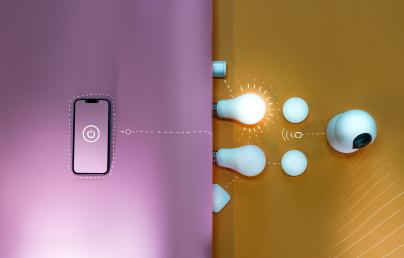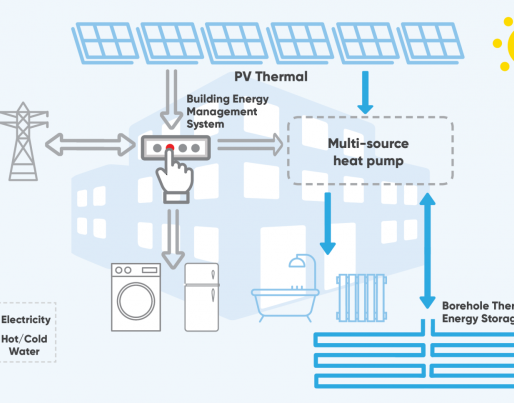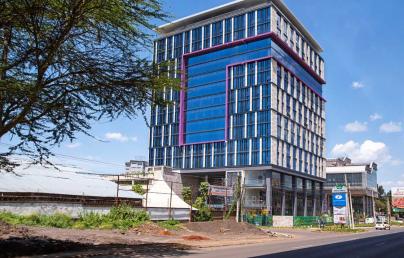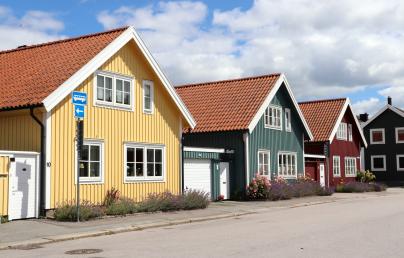
Smart Control for Buildings Powered by On-site Renewable Energy

Smart Control for Buildings Powered by On-site Renewable Energy
Consortium partners VITO-Energyville and Demokritos are modelling the behaviour of the various RES4BUILD system components – heat pumps, solar panel yields, long- and short-term heat storage, and the building thermal mass. One of the ways to model a building’s thermal mass is to estimate the indoor temperature given the ambient conditions and the inputs i.e. outdoor temperature, solar irradiance incident, heating/cooling. The project’s approach uses grey box models to approximate the building model by grouping various physical components together, and then identifying the parameters corresponding to the grouped components in a data driven way. They capture the thermodynamics to a certain extent but are also easily applied across buildings because of this data driven approach. Once ready, the models of the various components can be used in a framework for optimal control of the system to maximize self-consumption or minimize use of fossil fuels and costs.
Maintaining indoor comfort in buildings accounts for more than 30% of total energy use worldwide. Hence, smart control of building energy use can contribute greatly towards energy sustainability goals. A big advantage of well-insulated buildings in this aspect is their thermal inertia; they take a long time to lose stored heat and can be used to a certain extent for heat storage, offering flexibility in heating/cooling schedules. For instance, a building equipped with solar panels and a heat pump can potentially be heated within acceptable comfort levels when electricity is generated from the solar panels, so there is no need to use the heat pump when there is no solar electricity available. Excess generation can also be stored in heat storage elements.
In order to achieve such control, it is important to understand and therefore model the behaviour of all components involved. The models can then be used to predict the system’s behaviour in various scenarios and to optimally control it. This is an important element of the RES4BUILD project, which is developing integrated renewable energy-based solutions that are tailored to the needs and requirements of users and installers.
The partners are working to improve the performance and reduce the cost of the most innovative components of the RES4BUILD solutions – by integrating PVT collectors, magnetocaloric and multi-source heat pumps and optimising their performance through advanced control and building energy management systems. The developed solutions will be validated in different regions, paving the route to the market and ensuring wide adoption.
Collecting data and using model predictive control
The grey box models used in RES4BUILD, also known as RC models, group various building components into thermal resistors and capacitors. Data is collected from in-situ sensors to identify the values for the resistors and components. The data required to train/validate these models typically include time series data for indoor and outdoor temperature, as well as heat/cold input to and solar irradiation incident on the building. The identified model is then used in a simple cost minimization scheme using model predictive control. The figure shows the outcome of the optimal control of a building in response to two different price signals.
In both cases, the indoor temperature is maintained between the comfort constraints of 21 and 22°C, but the power schedules are very different and follow the price i.e. consumption is higher when price is lower and vice versa. The cost minimization can be used to achieve different cases, where price can be used to shadow the behaviour of other variables – for instance, the price could be low when the renewable generation is high. Optimal control will then steer the building to consume more when renewable generation is higher.
The RES4BUILD project will in this manner implement a much more involved optimal control to steer a building connected to innovative heat pumps, solar-thermal generation and borehole thermal energy storage. The models will be calibrated for six case studies in three countries across Europe, and the outputs will primarily feed into stakeholder engagement work, quantifying the system performance and allowing stakeholders to make an informed decision about the elements of the system that suits their needs.
The outputs of these algorithms also support the design of the integrated energy systems and the application of the building energy management system. The project’s ultimate aim is to increase the uptake of renewable energy solutions for heating and cooling; decarbonising the energy consumption in buildings and contributing to EU energy and climate goals.

